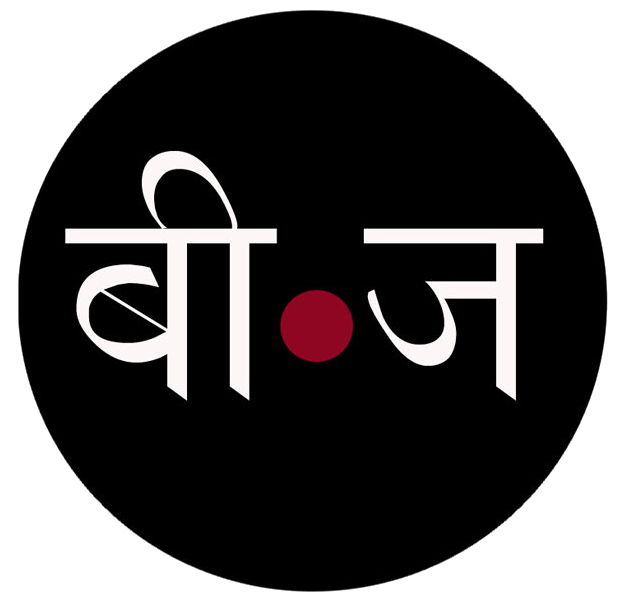Life Lessons from Coorg
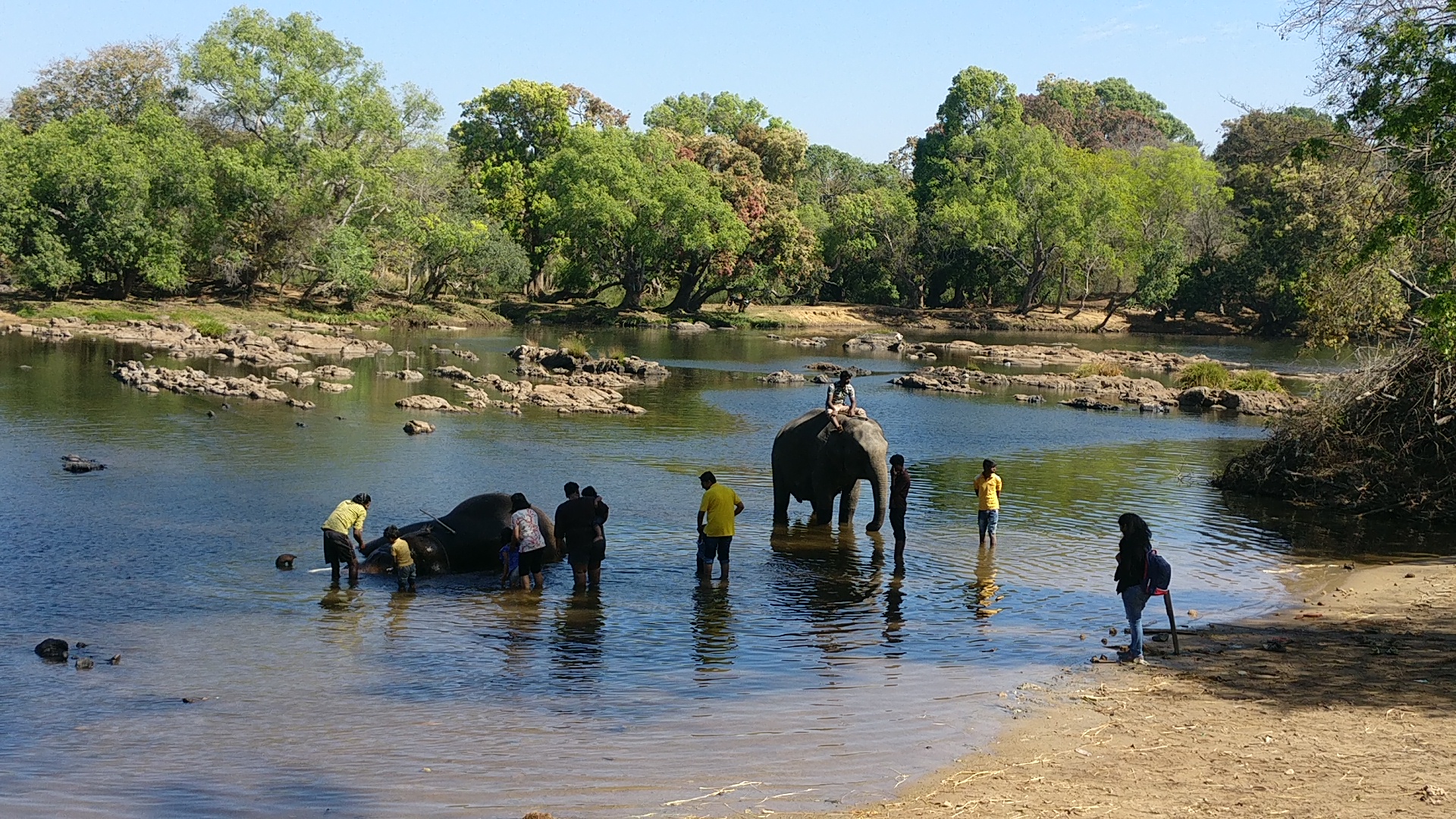
I find no civet cat coffee droppings or warrior kings in Coorg, but come back with copious amounts of coffee, cardamom and a crash course in life
There are two kinds of holidays in our adult lives.
The first one requires booking a resort or some such where you can vegetate like a slug in a shape-giving seat. Whether a hammock, the bed or a recliner, you become the seat and the seat becomes an extension of your posterior. You read. You think. You sleep. You eat. And nothing more till it is time to pay your bills and go home.
The second holiday is one in which you don’t discover the light switch for your bedside lamp till it’s time to go home. Because you’re never in your hotel room, your derrière has scarcely adjusted in the chaise lounge and you are never too sure what is your room number.
To the surprise of many, my holidays reflect the latter behavioral patterns, while my city existence is reminiscent of the former. For a city dweller, the closer home I am, the happier I am. My comfort zone stops where my WiFi signal does. And I have a pillow collection to rival a presidential suite of the George V.
But Kodagu and its ripe foliate and ambling pachyderms and suspect toddy can lull even a hardened road warrior into a stupor. I saw everything, ate everything, and drank everything or mostly everything and even had time to reflect on life and count the stars. This is what I learnt.
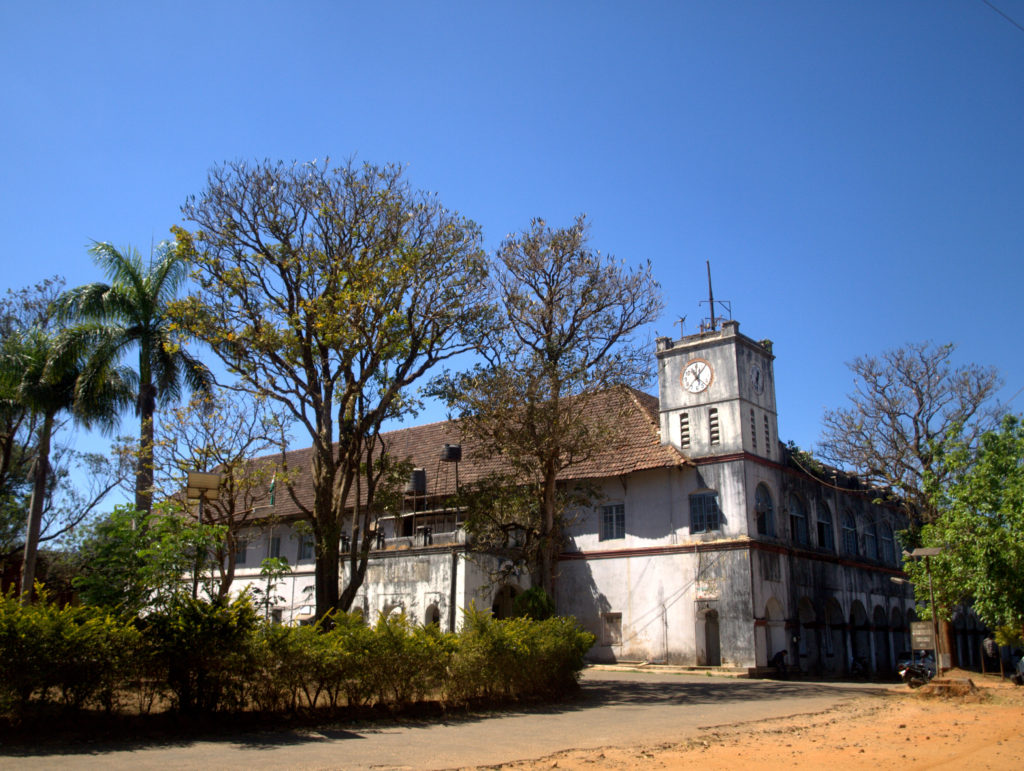
Coorg is a wrinkle in time
The sweet with the acidic: In bustling Madikeri, or Mercara, the district HQ of Coorg, tucked in a gorge next to Raja’s Seat is a family-run restaurant serving Kodagu food named TigerTiger. Muthu, the matriarch of the family, helps her daughter Roshni run the place, which is essentially a shed in their garden home. Kodagu cuisine is dominated by pork with dishes such as pandhi curry and pandhi bhartad eaten with rice ootis and kadambuttus or rice balls. But the pièce de résistance of the meal was Roshni’s kachampuli, the Coorgi vinegar—dark and tart made from the Garcinia Gummi Gutta, a fruit that grows in their orchards. The fruit is kept in baskets placed over vessels. The slowly released juice is fermented. The vinegar is excellent for curries and the acetic acid in it breaks down the tough fibres, tenderising the meat. Such as in life, where tough luck builds compassion and gives you a whole lot of patience.
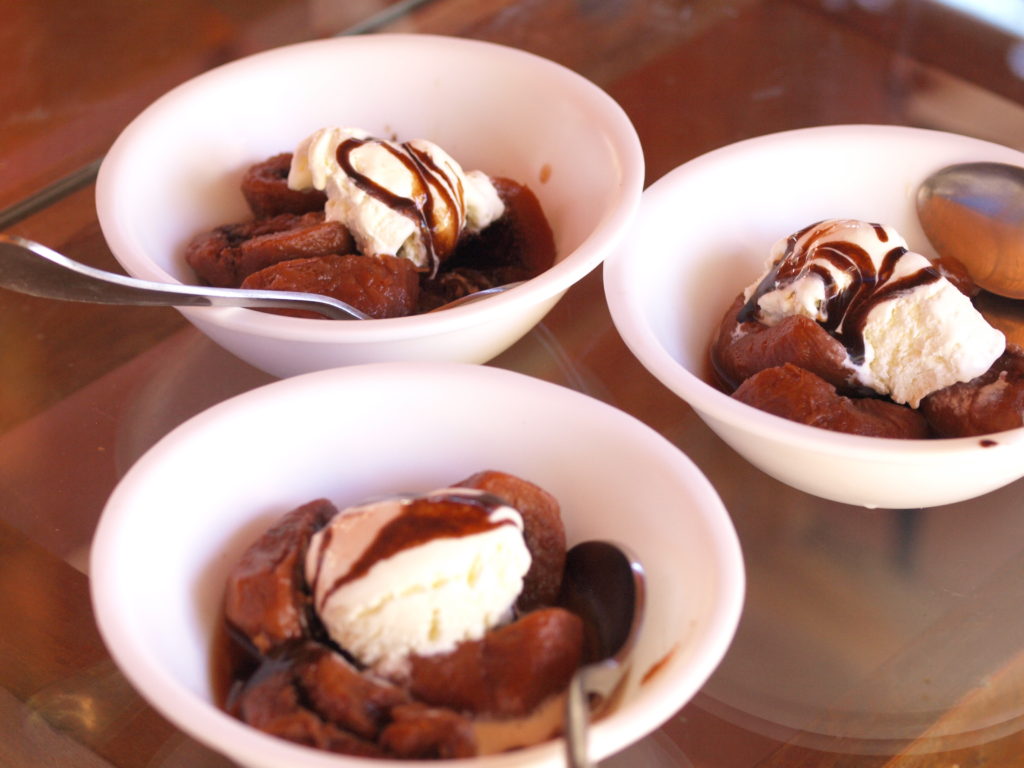
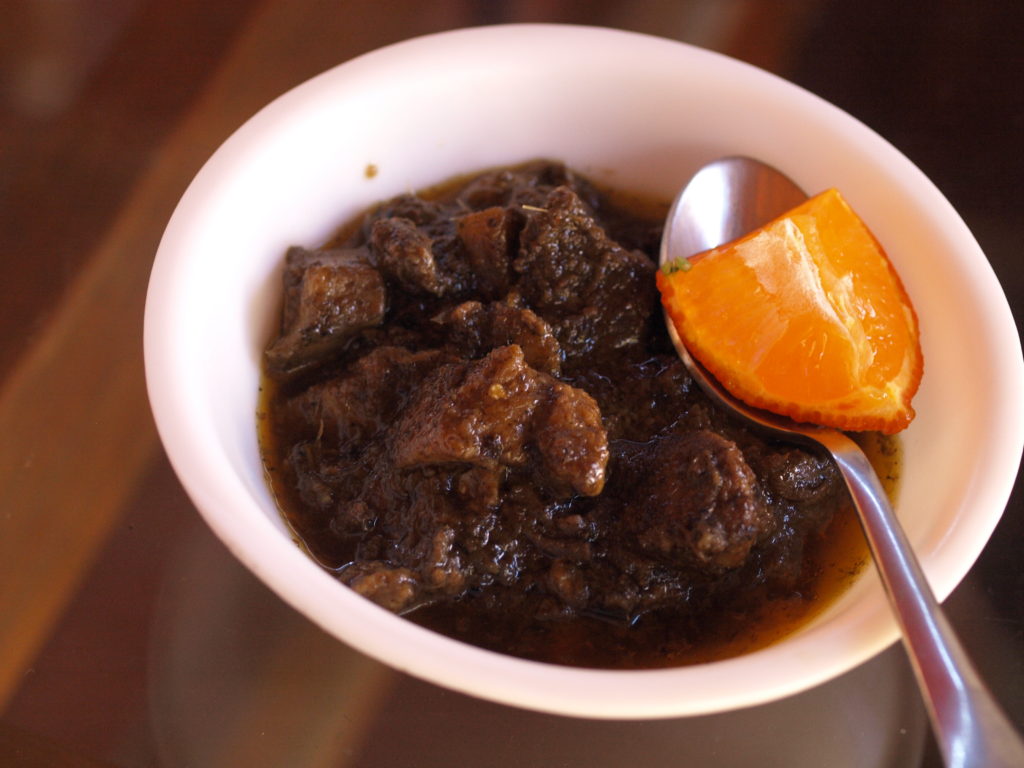
Pandi curry with kachampuli
Another’s poop can be your gold: The gold standard of coffee in Coorg is the civet cat poop coffee, the waste product of the elusive feline which picks the best of the crop to gobble down. Living in the wild here, they’re never to be seen. But at AinMane, a lovely chain of stores that sources local edibles from small producers in the region, I was handed a jar of poop studded with coffee beans, the ‘Kaapi Luwak.’ The civet cat lurks artfully in the wild, and is not a carefully cultivated breed in cages, tells one resident. Local boy Thamoo Poovaiah behind the Coorg Consolidated Commodities has been quoted estimating that 40,000 civets scamper around in the region. It’s said the coffee can command nearly Rs 25,000 per kg in the global market. One wonders why. The taste is unusual—the cats gut has an enzyme that gives the bean a special flavour. Simply saying, another’s poop can be worth a bag of gold.
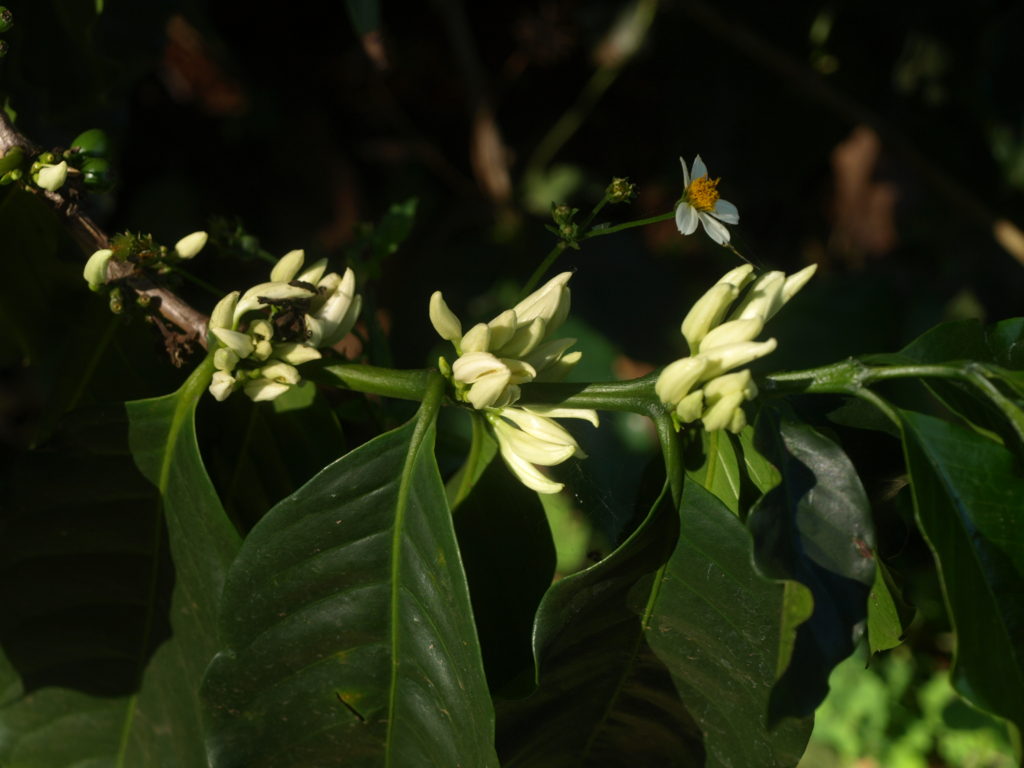
Buds of coffee
The magical powers of the scared grove: My guide, Praveen, took me around the Sandalkad Estates Madikere, a lush green forest spanning 225 acres of coffee plantation, spices and orange orchards. Vines of pepper curled around silver oak tree barks, amidst cardamom bushes, lemon grass, wild trees, and arabica and robusta coffee plants and much, much more on these plantations. Praveen told us about the sacred groves or the Devakaad in Kodagu, a region which has the densest network of these ancient forests. Over the centuries, these protected groves have helped the flow of the Kaveri River and preserved the region’s rich ecology. In an annual ritual, the villagers go and pray to the animistic and forest spirits: these forests being temples for communion with the soil and the earth. It’s this closeness to nature which we city dwellers have lost in the concrete jungle, something that the spirit yearns for.
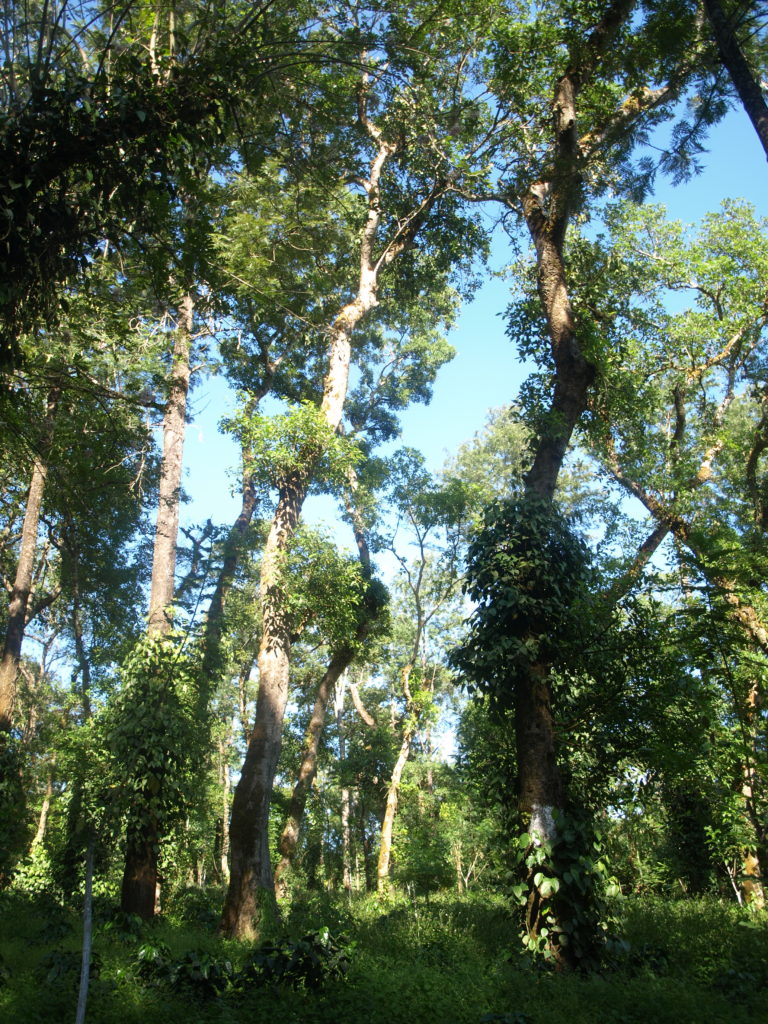
The spirit of a home: The home is a symbol of strength, of tradition, of the past and the unknown future. The Chettinad Homes and the Shekawati Havelis are symbolic of the stature of these families, a barometer of a tight-knit family’s socio-cultural conditions. In Kodagu too, the Ainmane, or the ancestral home have held families together since centuries. They belong to an okka or an identified patriarchal lineage, but not all clans have ainmanes. Built on ancestral or jamma land, these homes originally came up in thickly forested lands, soon becoming fortresses for the family and a sanctuary to protect these clans. They’re replete with kannikamba or sacred pillars, kayyale or verandahs, machi or wooden ceilings and a kaimada, a scared shrine to worship ancestors and other architectural details. The inner dwellings are delicate and beautiful, while the facade is robust and protective to keep the clan happy and safe, fostering togetherness— a blueprint of what a home needs to be.
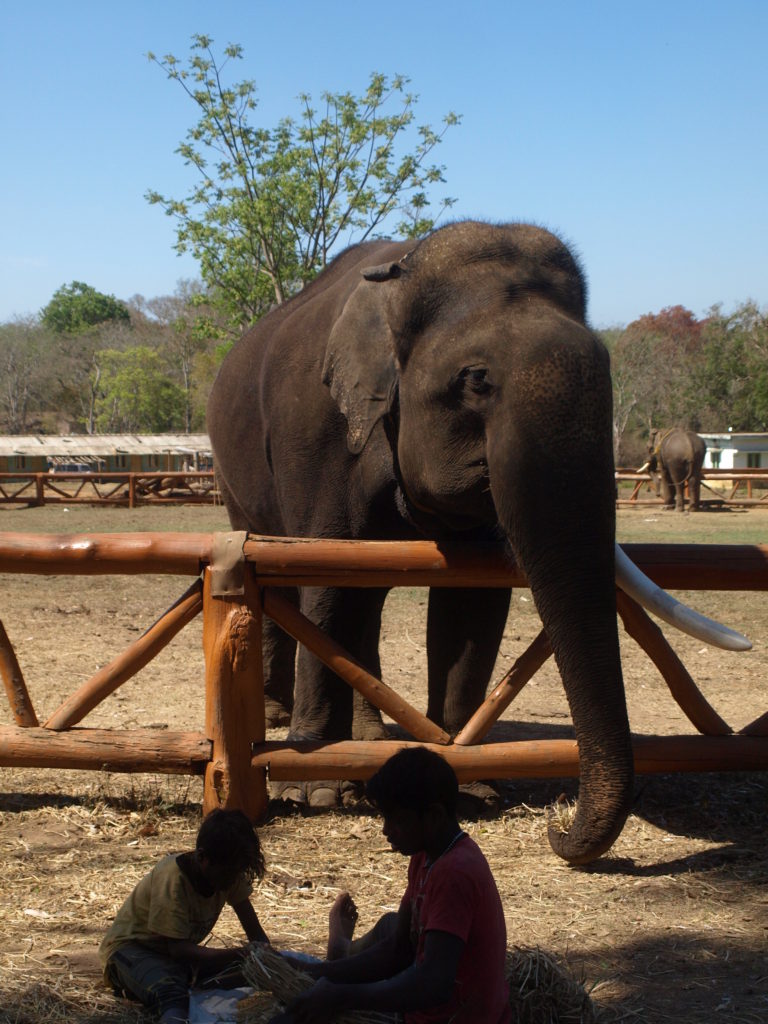
The balancing act: Praveen points out a toddy tree, an illicit indulgence of pachyderms who have a penchant to gobble down their dangling fronds and sway drunken-like in the forest. Man and elephant share a tenuous relationship in Coorg. Around certain estates, electric fencing is affixed to keep the pachyderms at bay, who can wreak havoc on the coffee plantations. The biggest threat to the elephants is progress: the development of infrastructure, new highways and roads, which come at a cost. How can development be respectful of both man and beast, and a way of life that has nourished the land for centuries? What would be victory for both sides? One day man and beast will thrive together as equal in a land of great warrior kings and the magnificent tuskers.
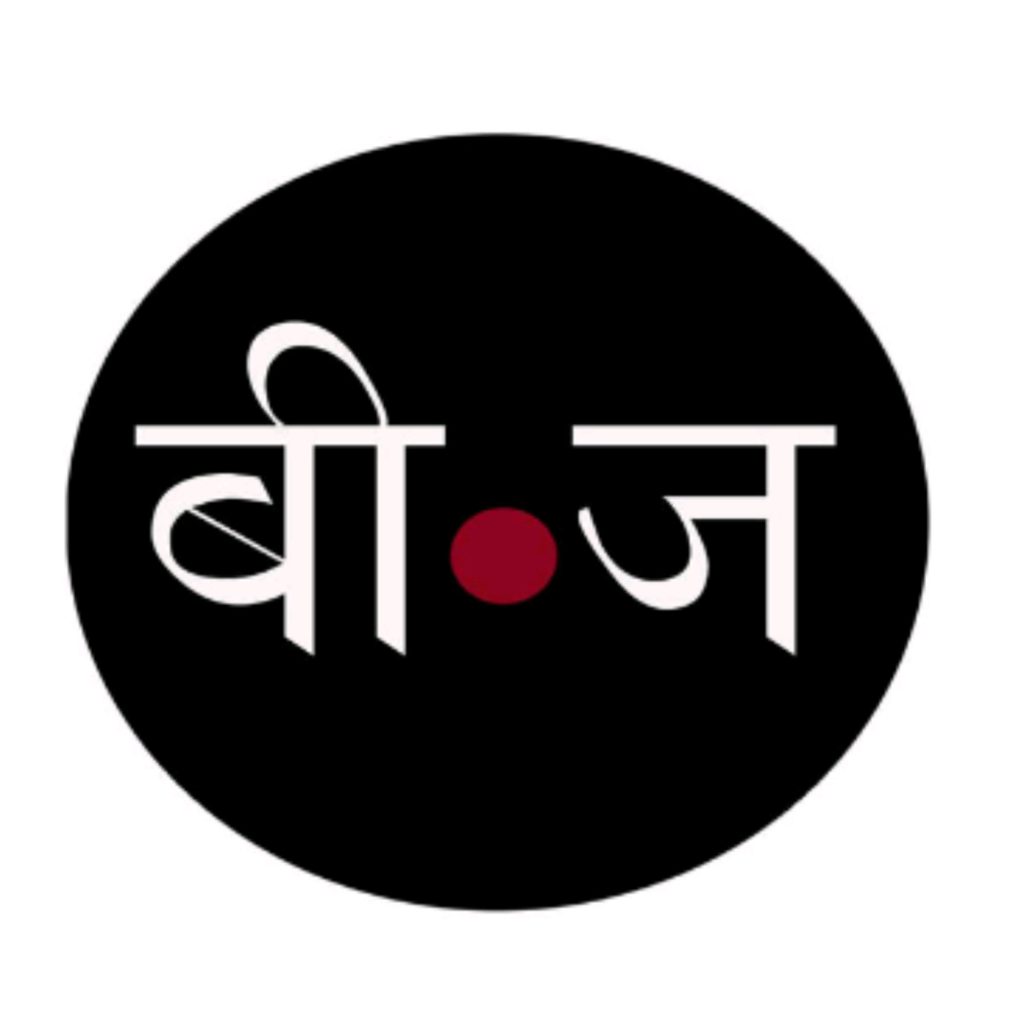
Most Read Articles

A Complete Guide to Demi-Couture Jewellery in India
The ultimate guide to artistic baubles and demi-couture jewellery that evokes the splendor of India... Read More»

Rajasthan’s Aangi Finds New Life in Aangiwali’s Fusion of Tradition and Style
Aangi is a garment woven with history. In the arid landscape of Shekhawati, Rajasthan, it... Read More»

The Ultimate Guide to the Best Natural Deodorants in India
The top 12 natural deodorants that banish BO and nix nasties for round-the-clock freshness Our... Read More»

Easy Yoga Practices for Menopause Relief
Dr Hansaji Yogendra, Director of The Yoga Institute and President of the Indian Yoga Association... Read More»
